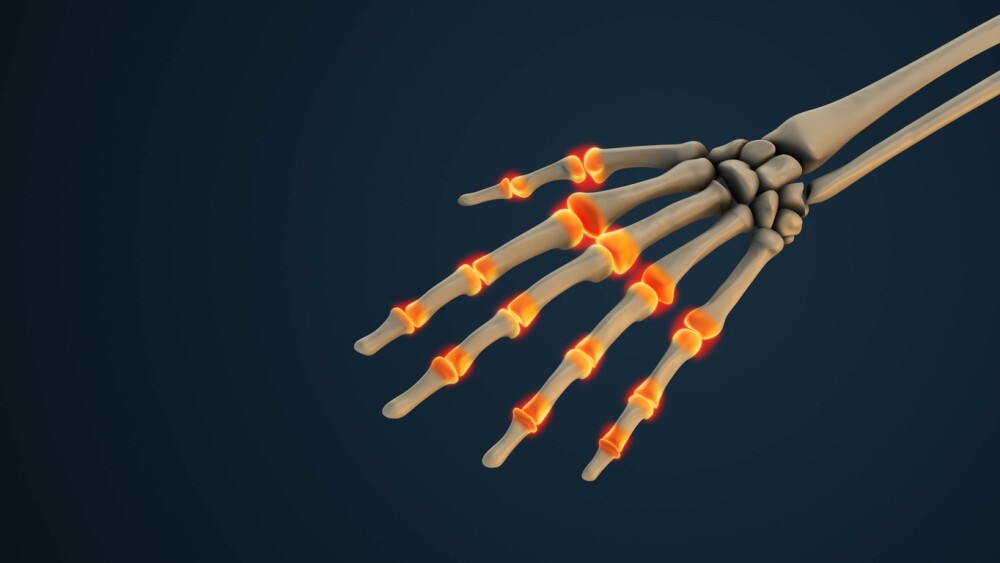The patient-specific nature of autologous cell therapies presents unique challenges that can best be addressed by a middle path between on-site and centralized manufacturing.
Since the 2017 approval of Novartis’ Kymriah for a form of leukemia demonstrated the feasibility and transformative potential of CAR T cell therapies for cancer, the field has experienced a wave of investment and innovation, leading to multiple marketed products. However, it’s increasingly clear that current approaches to manufacturing are not conducive to achieving consistent, sustainable and globally accessible manufacturing of high-quality cell therapies.
Producing an autologous cell therapy is a lengthy, highly technical and demanding manual process, from cell collection and shipping from an individual hospital to modification in a manufacturer’s facility, to return shipping and administration of the final product. As a result, costs are high and access is limited. As more cell therapies enter the scene, the existing system will experience significant strain.
I’ve spent the past 15 years of my career working in chemistry, manufacturing and controls (CMC) and regulatory affairs for novel biologics, first-to-market monoclonal antibodies (mAbs), and now in cell-based therapies. While uniform starting materials, robust and scalable processes and powerful analytics supported large-scale, centralized manufacturing of mAbs, autologous cellular therapies require a unique approach. That’s because patients are part of the supply chain, as the starting material comes from their own cells or tumor; therefore, patient proximity is a key factor. Moreover, given that many of these patients have rapidly progressing disease, this process creates a race against time to produce and return a therapeutic product while they are still eligible for treatment.
In my role at CTMC (the Cell Therapy Manufacturing Center), launched by the University of Texas MD Anderson Cancer Center and National Resilience in 2022, I’ve seen how many innovative therapies in the field fail to reach their full potential. To build a strong foundation for the long-term success and scalability of cell therapies, we need a reimagined manufacturing system designed to accommodate future growth and ensure accessibility. In my view, a regionalized manufacturing model is the best approach.
Decentralization’s Pain Points
Given the highly technical manufacturing process of cell therapies, even well-equipped hospitals are overwhelmed with the logistics of preparing and shipping patient material. This complexity also limits the global accessibility of cellular therapies, as the shipping time and customs requirements associated with receiving starting material from abroad—not to mention the evolving regulations governing such shipments—can be prohibitive.
While a fully decentralized manufacturing model, with each hospital producing the cell therapies it administers, may be an attractive prospect, it poses greater challenges than the current system for scalable, reproducible production of high-quality cellular therapies given regulators’ high expectations for establishing comparability across sites. Even if comparability can be demonstrated, changes in operators, supply chain disruptions and other factors can lead to a gradual drift in processes over time. Without a fully digitized infrastructure, a highly experienced staff and proximity to the supply chain, these issues cannot be uniformly addressed.
The Regional Solution
Rather than fully centralized or decentralized manufacturing, then, the most feasible approach lies between these two options. By investing time and resources into building high-capacity, state-of-the-art facilities, we can achieve greater scalability, consistency and quality than would be possible with numerous smaller, manual sites.
A regionalized manufacturing model involves multiple manufacturing hubs that serve as cell therapy “pharmacies” for the surrounding area. Rather than coordinating and navigating the logistics of each individual drugmaker’s shipping process, area hospitals could work with a single regional manufacturing hub equipped to produce multiple sponsors’ products. This system streamlines hospital processes, reduces turnaround times for patients, and overcomes communication and logistical barriers to global access.
Although a regionalized model does not eliminate the challenge of establishing comparability, strategic planning and technological innovations can help expand control over both the process and product. Infrastructure investments such as process automation, for example, can overcome variability associated with manual processing and ensure consistent manufacturing methods that can be replicated across sites. Powerful, advanced analytics can provide in-depth data insights and identify critical quality attributes to demonstrate site-to-site comparability of products. Additionally, strategies like using split starting material in comparability studies to overcome issues of donor variability can further strengthen submission data.
Importantly, site-to-site comparability should be addressed proactively, not as an afterthought. Early engagement with the FDA allows organizations to align with regulators on comparability study design and minimize unexpected pitfalls when it is time to scale. In such a new industry, regulators and drugmakers alike are continuously learning and adapting to evolving technologies.
Ori Biotech, for example, recently received Advanced Manufacturing Technology (AMT) designation from the FDA. This designation recognizes novel manufacturing technologies that have the potential to substantially improve manufacturing processes and provides sponsors utilizing AMTs with enhanced regulatory engagement to accelerate product development and commercialization. CTMC is part of Ori’s preferred partner network, and data produced through our collaboration contributed to Ori’s achievement of this designation. This experience reinforces how building strong relationships with regulators—and approaching regulatory interactions as a collaborative process—can pave the way for long-term success in the development and commercialization of cell-based products.
As the field of cell therapy continues to expand and progress, current manufacturing models will be insufficient to deliver the full potential of these groundbreaking therapies. The approaches that fueled the first decade of cellular therapies cannot sustain the field in the future. Making safe, high-quality autologous cellular therapies more cost-effective and globally accessible will require a manufacturing approach as unique as the treatments themselves. In this way we can fully realize their transformative potential.






